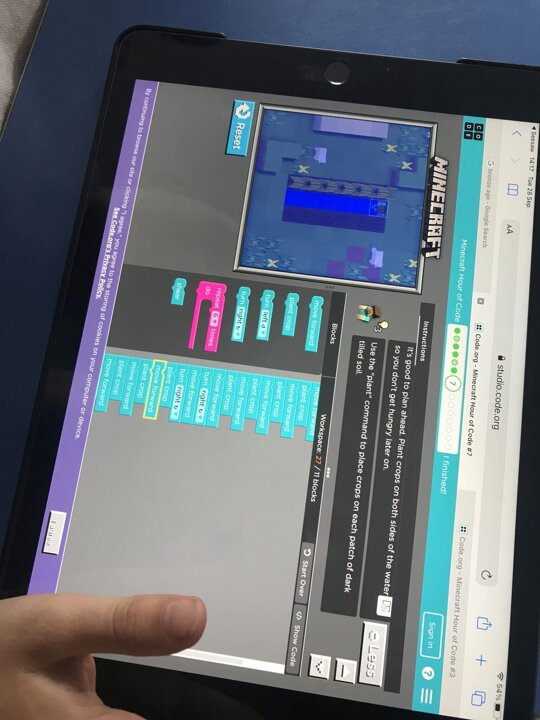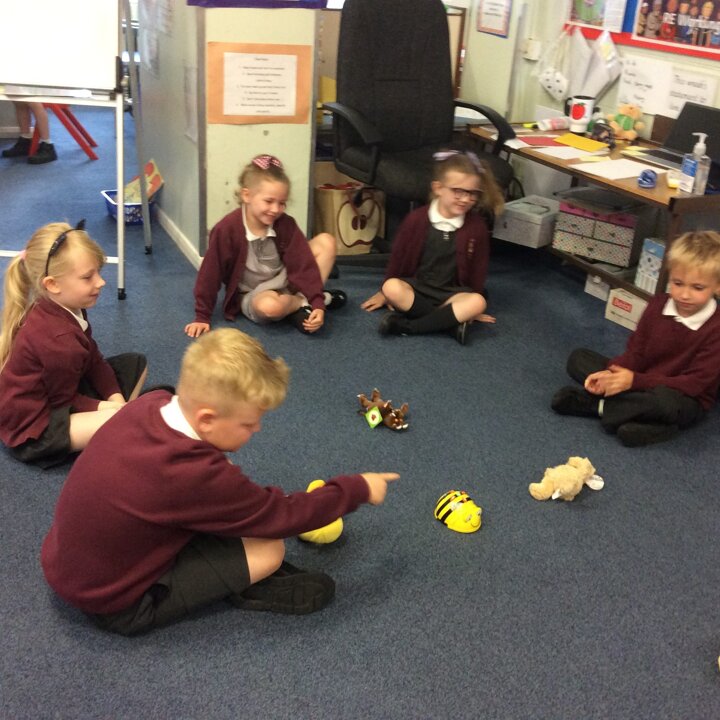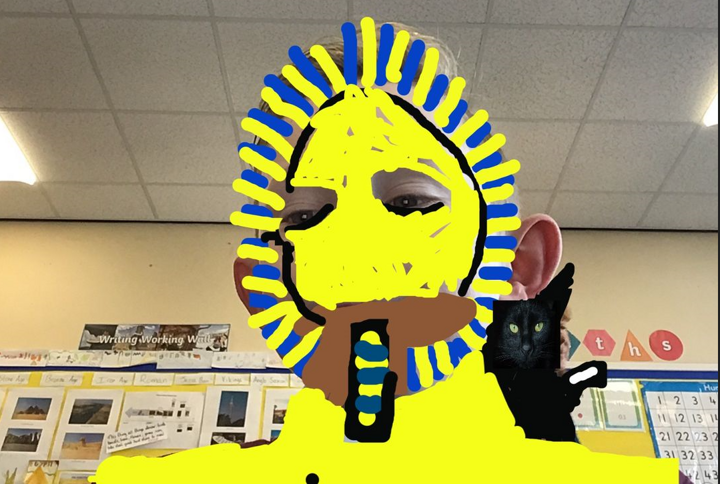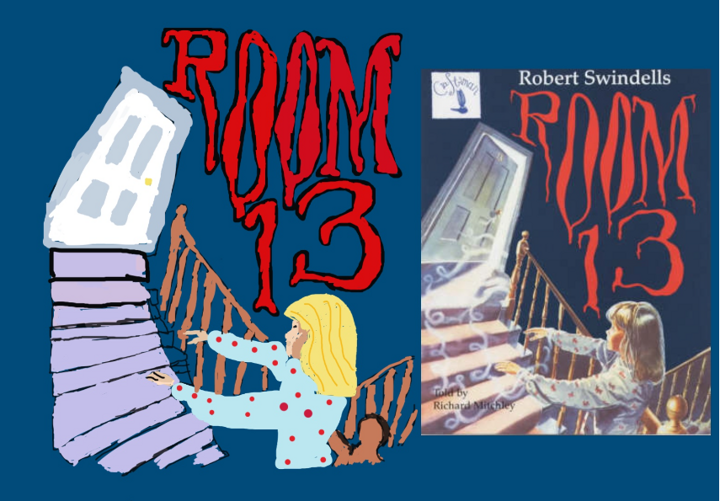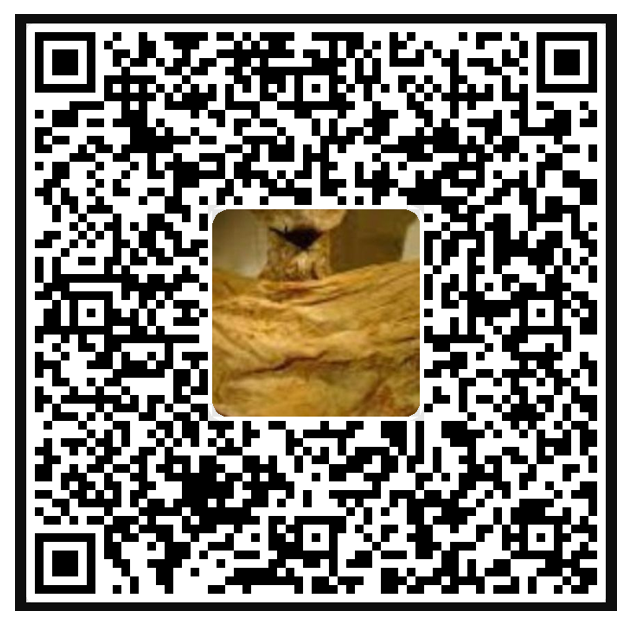Subject Lead: Mr Tennant
“At St Cuthbert's we strive to ensure our children develop resilience to face the challenges of life, develop love and respect for themselves and others, have the confidence to aim high, experience new things and actively seek knowledge and opportunities.”
Intent:
All pupils at St Cuthbert’s have the right to have rich, deep learning experiences that balance all the aspects of computing. With technology playing such a significant role in society today, we believe ‘Computational thinking’ is a skill which children must be taught if they are to be able to participate effectively and safely in this digital world. A high-quality computing education equips pupils to use creativity to understand and change the world. Computing has deep links with mathematics, science, and design and technology, and provides insights into both natural and artificial systems. At St Cuthbert’s, the core of computing is Computer Science in which pupils are introduced to a wide range of technology, including iPads, laptops, mobile devices and interactive whiteboards, allowing them to continually practice and improve the skills they learn. This ensures they become digitally literate so that they are able to express themselves and develop their ideas through information and computer technology– at a level suitable for the future workplace and as active participants in a digital world.
We teach a curriculum that enables children to become effective users of technology who can:
- Understand and apply the essential principles and concepts of Computer Science, including logic, algorithms and data representation;
- Analyse problems in computational term, and have repeated practical experience of writing computer programs in order to solve such problems;
- Evaluate and apply information technology analytically to solve problems;
- Communicate ideas well by utilising appliances and devices throughout all areas of the curriculum.
Internet Safety (Digital Literacy)
St Cuthbert’s takes internet safety extremely seriously. We have an E- Safety Policy that provides guidance for teachers and children about how to use the internet safely. Every year group participates in lessons on e-safety and children understand how to stay safe when using technology. Due to the increase in presence of social media in pupils’ lives, social media will now be part of the KS2 curriculum to help support pupils in keeping safe and being digitally aware. (see long term overviews)
Implementation:
Teachers are provided with an additional planning days per year in addition to their PPA, to plan their specific curriculum. As part of this planning process, teachers need to plan the following:
- A knowledge organiser which outlines knowledge (including vocabulary) all children must master
- A cycle of lessons for each subject, which carefully plans for progression and depth of skills.
- Challenge questions or tasks for pupils to apply their learning in a philosophical/open manner
- Trips and visiting experts who will enhance the learning experience;
In Ks1 and 2 teachers have access to online ICT resource to assist their delivery of ICT and computing. Specific digital skills are focused on each term and are matched to pupil’s curriculum needs. ICT is NOT taught as stand-alone lessons, and skills are linked into other topic and core subjects.
For example, producing a movie trailer to advertise the upcoming Shakespeare play for parents, or re-creating part of the school website, or even producing new digital art work for the school gallery. Computing is planned for specifically to teach and embed computational thinking, often in the autumn or summer term. Where possible it is delivered by a teacher with specialist subject knowledge. Every lesson has a learning objective (skill focused) and children are assessed against this. Video and photographic evidence is used to inform assessment and to share with parents on the website or school Facebook page. Digital recording and feedback to pupils along with the use of Seesaw is part of the long-term future vision for ICT within the school.
Impact:
Our Computing curriculum is high quality, well thought out and is planned to demonstrate progression. If children are keeping up with the curriculum, they are deemed to be making good or better progress. In addition, we measure the impact of our curriculum through the following methods:
- A reflection on standards achieved against the planned outcomes
- Children can understand and apply the fundamental principles and concepts of computer science, including abstraction, logic, algorithms and data representation;
- Children can analyse problems in computational terms, and have repeated practical experience of writing computer programs in order to solve such problems;
- Children can evaluate and apply information technology, including new or unfamiliar technologies, analytically to solve problems;
- Children are responsible, competent, confident and creative users of information and communication technology.
- A celebration of learning for each term which demonstrates progression across the school; this may be displayed within school or online for pupil/parent feedback.
- Pupil discussions about their learning;
